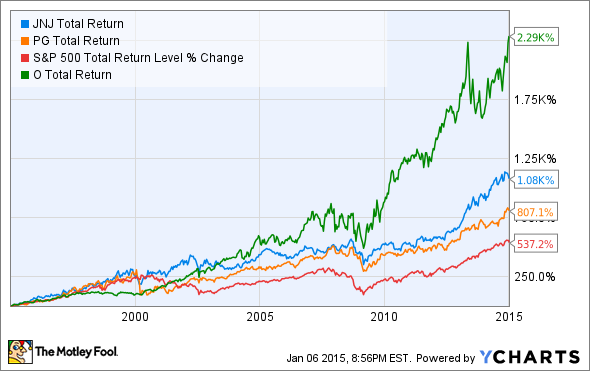How to Use Dollar Cost Averaging to Max Out Your Roth IRA Contributions
Post on: 5 Май, 2015 No Comment

October 25, 2011
Do you invest your Roth IRA contributions all at once? Or do you like to parcel it out over time? How often should you invest in your Roth IRA? Do you try and time the market by purchasing shares of stocks and mutual funds on the dips? Using dollar cost averaging is a better way to buy shares of both stocks and mutual funds for your Roth IRA.
What Is Dollar Cost Averaging?
Dollar cost averaging allows you to invest money consistently over a long period of time. It is also often referred to as systematic investing as well. With dollar cost averaging, you invest a certain amount of money each and every month into an investment, either a mutual fund or a stock, regardless of what the investment’s share price is. In some months, you will purchase less shares of the investment when the share price rises, but in other months you will purchase more shares with the same amount of money while prices are down. This tends to give you an averaging effect over the course of a long time horizon, hence the name dollar cost averaging.
For example, if you have $500 to spend every month and are purchasing shares of a $50 stock that fluctuates from month to month, you can purchase ten shares when the stock is at $50 per share. When the stock dips to $40 per share the next month, you purchase twelve and a half shares of the stock. You now own 22.5 shares that you bought for $1,000 which each now have an average cost of $44.44.
The Benefits Of Dollar Cost Averaging
There are many benefits associated with dollar cost averaging. This method of investing takes the guess work out of trying to time the market. Many investors simply automatically set their investments to occur on a specific day regardless of what the stock market is doing on that particular day. Dollar cost averaging takes the emotion out of investing as well. Since you know that you will be investing a set amount of money each and every month on a certain day, you do not have to watch the constant movement in the stock market to find the best place to enter a purchase order.

Using our previous example, the share prices only have to increase to $44.44 per share in order for you to breakeven now because you were consistently buying shares each month. Even though you bought shares that were $50 in value, you can still sell those shares for a loss and make money because you purchased more shares at a value that was lower than the $44.44 breakeven point. There are great reasons to consider averaging down when your stocks or mutual fund investments lose value.
Your Maximum Roth IRA Contributions
Dollar cost averaging can help you maximize your Roth IRA contributions. When many investors, especially young investors, look at large contribution limits such as $5,500 per year their heads often swim. Many young investors worry that they will never be able to find $5,500 in their budgets in order to maximize their Roth IRA contributions. But, if you take the $5,500 limit into smaller, manageable pieces it can become fairly easy to manage. Using dollar cost averaging an investor would only need to invest $458.33 per month in order to maximize their Roth IRA contributions. You can even set up dollar cost averaging to make investments on a weekly basis as well.
Now, investing $115 per week in a Roth IRA seems like a very manageable task as opposed to finding a large lump sum such as $5,500 per year. Often many of the problems that we face seem insurmountable because of how we frame the problem or the question. How will we ever be able to find $5,500 in our already tight budget in order to maximize our Roth IRA contributions? That is the wrong way to look at the problem. Using dollar cost averaging, we can take small bites out of the problem and break it down into more manageable chunks. $458 per month or about $115 per week are much more manageable and could quite possibly be a great strategy for your retirement funding using dollar cost averaging.














